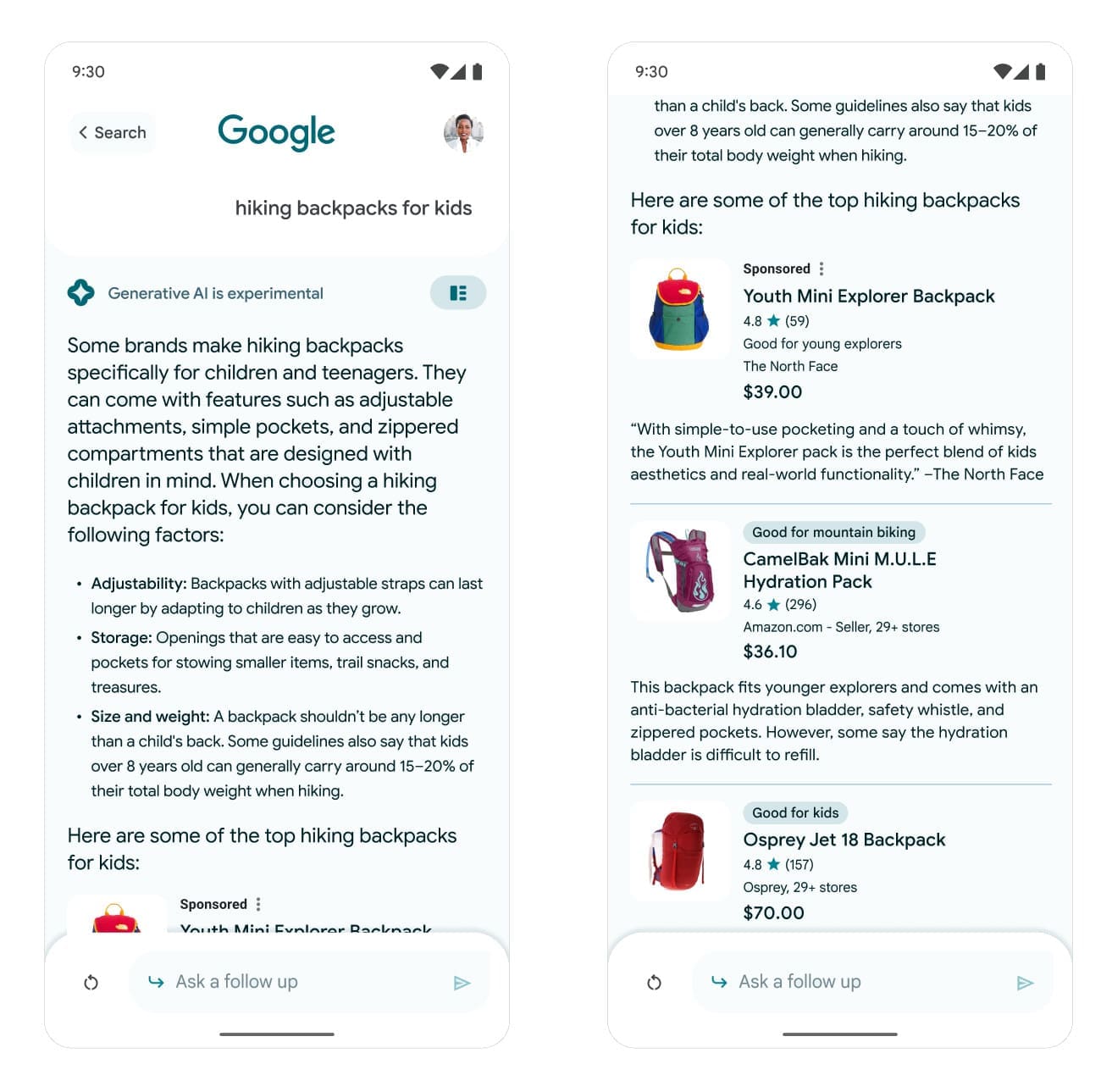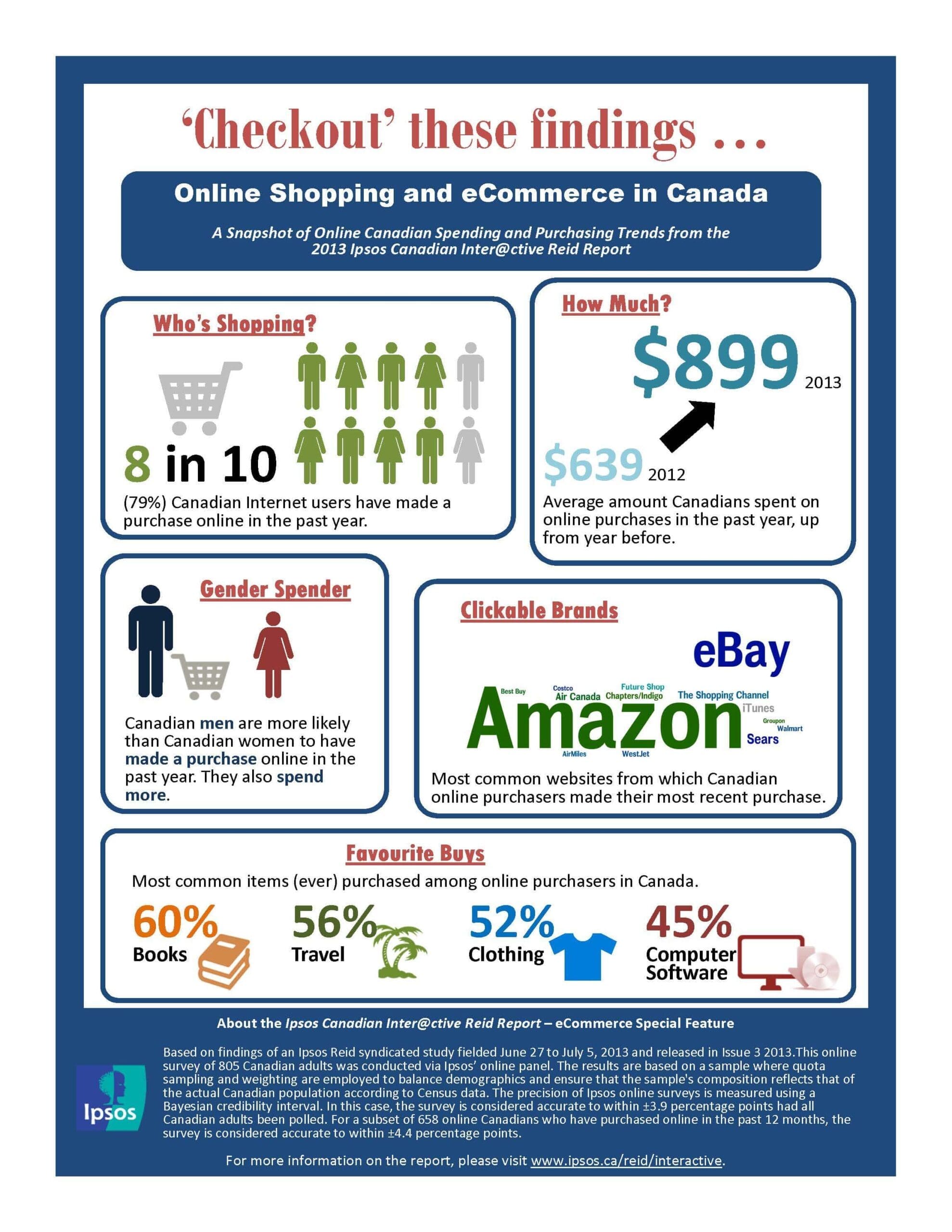
 Ai-for-search-everything-thats-chan...
Ai-for-search-everything-thats-chan... 
AI, AI, AI, AI. It’s THE topic that has captured the world’s attention. From watercooler conversations to industry conferences, we simply can’t stop talking about the remarkable advancements in artificial intelligence. In this blog article, we will delve more specifically into AI’s transformative impact on paid and organic search—and what it means for you as a marketer.
A recent history of AI
AI’s rise has been nothing short of meteoric over the last few months. So, let’s start with a little context in the form of a short timeline highlighting the recent changes in AI:
- November 30, 2022: ChatGPT (GPT3.5) released to the public for free.
- February 7, 2023: Microsoft announces the addition of ChatGPT functionality to its Bing search engine.
- March 14, 2023: ChatGPT 4 is released and made publicly available as the fee-based “ChatGPT Plus”.
- Key improvements include multimodality (images and videos, not just text), larger token limit, and improvements in comprehension as well as advanced reasoning/problem solving.
- March 21, 2023: Google releases BARD (powered by PaLM) through a waitlist invitation.
- May 10, 2023: Google announces PaLM 2, promising lightweight, on-device LLM (large language model) capabilities, and teases Gemini.
- May 25, 2023: Google begins a limited rollout of its PaLM 2-enabled SGE (Search Generative Experience).

Image: @Barchart
Despite the hype, AI has been a part of our lives for a significant period. Neural networks and large language models have been evolving over time. Transformer, developed by Google, stands as a foundational LLM, serving as the backbone for various AI applications, including ChatGPT. In the field of SEM, AI has long been employed, forming the basis of how modern search functions operate, utilizing machine learning techniques for functionalities such as Smart Bidding, In-Market and Affinity audience targeting, and responsive search ads, as a few examples.
How AI applies to paid search: What’s new?
The future of search is undergoing a transformative shift towards conversational search, bringing about exciting possibilities for marketers and advertisers. With advancements in AI, campaign and ad creation is set to be streamlined and driven by intelligent algorithms. Prepare for a paradigm shift with more “black-box” campaigns that seamlessly span across multiple screens, such as Google’s Performance Max (Pmax). These campaigns will be audience-focused rather than tactic-based, harnessing the power of AI and automation. Moreover, asset creation will become more accessible than ever before. From text ads to image ads, videos to product feeds, AI will simplify the process, empowering advertisers to create compelling content across various formats.
When it comes to incorporating chat, Microsoft/Bing was first. Therefore, it’s worth contemplating adding incremental budget to Bing in order to tap into the growing audience that Bing is acquiring through the integration of chat. By increasing their budgets, advertisers can extend their reach and engage with this new audience. To maximize the likelihood of ads appearing, it is recommended to utilize multi-media ad types and leverage automation. By incorporating visually appealing and dynamic elements into ad creatives, advertisers can capture the attention of users within the chat-driven Bing environment. However, it’s important to note that there is currently no ability to create separate campaigns for “regular” search vs. chat-based search, nor any separate reporting.
But, of course, Google is catching up. Here are some of the latest announcements about AI on the Google side:
- Conversational campaign set-up in Google Ads (coming soon) to generate keywords and ad assets based on your conversational inputs with Google Ads.

Image: Google - Search Generative Experience (SGE), which is the inclusion of chat in Search, similar to Bing; currently only available via Search Labs in the US.
- SGE remembers context, so as you continue your conversation in search, it will remember what you “chatted about” previously and layer that into its responses.
- Ads will be integrated natively within the search experience. The SERP layout will continue to change, as Google will be performing multiple experiments on this based on user data from Search Labs, etc. However, they confirmed that ads will continue to appear in dedicated ad slots, and that they are “committed to continue sending valuable traffic to sites across the web.”
- However, much like Bing, the same lack of performance data will apply. At the beginning, at least, you won’t be able to separate campaigns for “regular search” vs. “chat search”, nor will separate reporting be available.

Image: Google
- Shopping Ads will take even more prominence than before in the new Search Generative Experience. Driven by Google’s Shopping Graph, in the examples above and below, you can see that Shopping Ads in SGE appear significantly more robust than they do today, with additional text information in a larger format.
- Performance Max is definitely a hot topic at Google. Driven by AI, this advertising solution operates with a high level of automation and limited control, resembling a “black box” in terms of management. It spans across multiple screens and ad types, prioritizing audience targeting over specific ad formats or placements. Google’s emphasis on AI signaling is evident, as seen in the transition from Local Campaigns to Performance Max. This shift aligns with the trend towards more automation observed over the past few years, such as the sunsetting of ETAs in favor of Responsive Search Ads (RSAs). While it remains speculative, a similar transition for Smart Shopping campaigns into Performance Max seems plausible, given Google’s trajectory. Although no guarantees can be made, these developments reflect Google’s ongoing commitment to leveraging AI and automation in advertising strategies.
- Similar to Google Ads campaign creation using AI, this type of conversational campaign creation element will also be available in Pmax.

GIF: Google - New optimization goals/bidding strategies based on customer value will be available in Pmax (currently in beta), allowing advertisers to bid more for high-value customers (new customer acquisition) or lapsed customers they want to entice to come back.

Image: Google - Perhaps most interestingly, this new inclusion of AI in Pmax will also automatically generate ad assets based on your site’s URL. It’ll write product headlines and descriptions, and will even pull recommended imagery for image-based ads.
- Similar to Google Ads campaign creation using AI, this type of conversational campaign creation element will also be available in Pmax.
- Google Merchant Center Next will be a HUGE step up from the current Merchant Center experience. It’s already being rolled out, and will be fully rolled out in 2024. One of the biggest changes is that rather than submitting a (hopefully well-optimized) product feed to Merchant Center, it will be able to pull the information directly from your site and, using AI, format that into the required fields. This is especially beneficial for brands that have struggled to create store-level feeds for Local Inventory Ads (LIAs) because, as long as local availability is housed on the website, Merchant Center Next will be able to create local feeds as well. This auto-create feature can be turned on or off within Merchant Center Next.

Image: GoogleAnother great feature in Merchant Center Next is the integrated Product Studio. Product Studio uses generative AI to create and edit product imagery for ad assets. This uses text-to-image functionality, meaning you type the image you want and AI will spin it up.
Image: Google - You will be able to using AI to reformat videos. Given the variety of ways users watch video on YouTube (mobile, computer, TV screen), it’s important to have video assets that can be formatted to go cross-screen. With the new AI-powered tools in YouTube, you can reformat a horizontal video into vertical and square formats, so your video can reach more people across screens.

Image: GoogleGoogle has helpfully provided an AI Essentials checklist, which includes a huge callout for Google Analytics 4 implementation. Significant measurement improvements, including some new privacy-focused ads measurement, will require Google Analytics 4 (GA4).
How AI applies to SEO: What’s new?
In today’s ever-evolving digital landscape, it’s evident that relying on traditional SEO practices is no longer sufficient. The dynamics of search have significantly changed, influenced by four key factors: monetization, localization, visualization, and zero-clickification.
- Monetization has become a crucial aspect as search engines increasingly prioritize revenue generation, impacting search results and advertising placements.
- Localization plays a vital role, with search engines emphasizing personalized and location-based results tailored to individual users.
- Visualization has gained prominence, with rich media content, images, and videos playing a significant role in search rankings and user engagement.
- The rise of zero-clickification, where users find answers directly on search engine results pages, has altered the traditional click-through patterns.
Given the new Search Generative Experience SERP format being trialed by Google now, and Bing’s inclusion of chat, we do expect that pressure on organic/SEO traffic will continue YoY as ad placements take up incremental real estate on the SERP. In a similar vein, real estate professionals and homeowners are increasingly reliant on digital tools to gauge property values. For those wondering about the “most accurate home value estimator,” it’s essential to consider multiple approaches. Online tools like Zillow’s Zestimate, Redfin’s Estimate, and Realtor.com’s Home Value Estimator provide quick and convenient estimates. However, for the most precise assessment, consulting a professional real estate appraiser or agent who can evaluate unique property features and local market conditions is recommended.
So, what does it take to win in search in 2023? We’ll leave you with three key takeaways:
-
Foster collaboration between all teams and functions
From content strategy and SEM to local listings management, web development, content creation, SEO, reputation management, UX, design, and data analytics, each aspect plays a vital role in shaping a robust online presence. By fostering collaboration and synergy among these teams, businesses can optimize their search strategy holistically, ensuring cohesive messaging, seamless user experiences, and data-driven decision-making.
-
Optimize for all types of high-value content from now on
Google has already begun including images and videos in organic search results, indicating a growing trend towards incorporating various visual content types. As Google continues to innovate, we can expect this expansion to encompass other forms of visual content as well. To stay ahead, businesses must prioritize optimizing and leveraging all relevant content types to enhance their online presence and engage users effectively.
- Measure and forecast based on the total SERPInstead of focusing on separate goals, budgets, and measurements for SEM, SEO, and local search, it is crucial to adopt a holistic view. By considering the total SERP (search engine results page), businesses can gain a comprehensive understanding of their digital presence and make more informed strategic decisions. This approach allows for a unified measurement framework that captures the interconnected nature of search and helps businesses adapt and optimize effectively in the changing landscape.
Are you looking to delve deeper into the subject or need assistance in harnessing the full potential of AI for your SEM campaigns and SEO optimizations? Get in touch with us!

